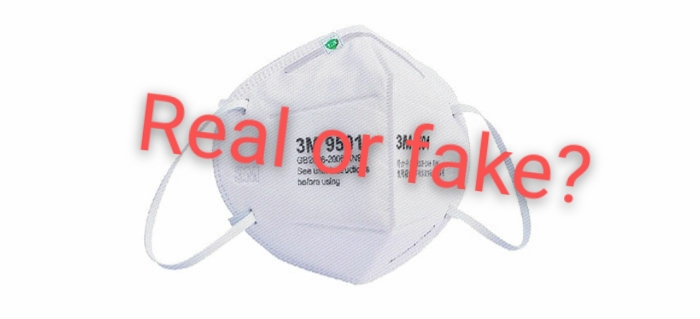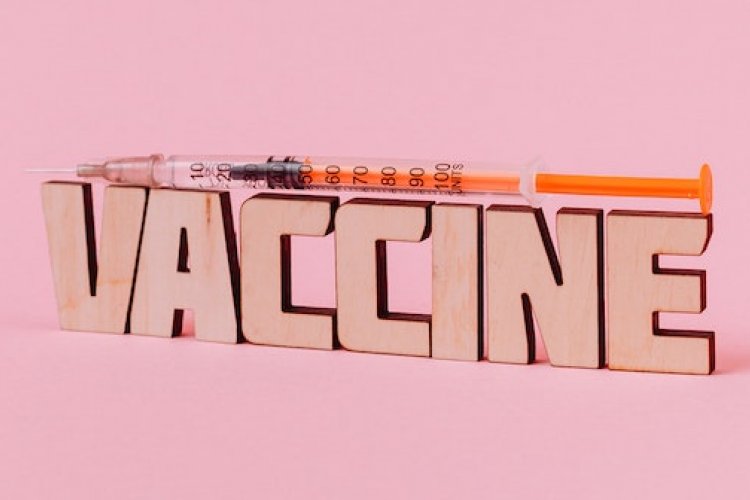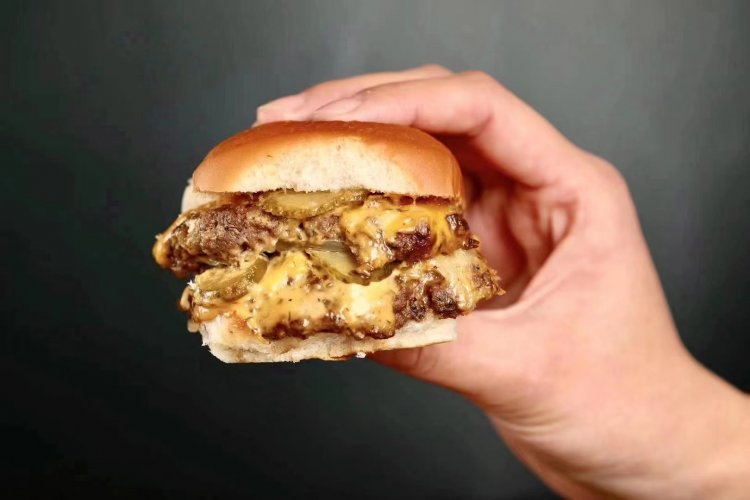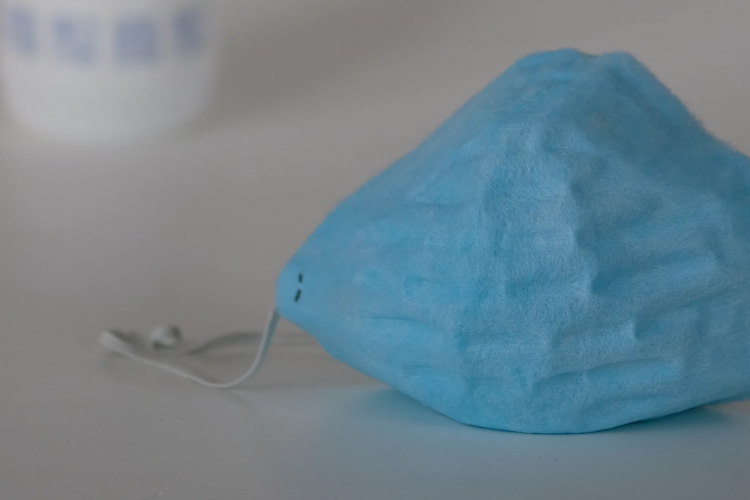How to Tell Whether Your Mask is Real or Fake
As Beijingers, we're no stranger to masks but the coronavirus has completely redefined our relationship with them. Once objects synonymous with smoggy days, they're now a daily necessity with the government going as far as to fine those spotted not wearing one in public.
Meanwhile, the huge demand for masks in China and around the world has caused an influx of fakes to flood the market, with opportunists pouncing on the ability to make a quick buck at the detriment of others (more on that here).
As our health and peace of mind rely on these seemingly simple squares of fabric, it is more important than ever that we are able to guarantee that the products we use are genuine. Luckily, there are a few simple tricks in order to do so.
The following information on how to determine whether your masks are real or not comes via this post from the Chinese WeChat account "Smog Survival Manual" (雾霾生存手册 wùmái shēngcún shǒucè), a source detailing all things pollution and masks.
General classification of masks
Below are the three general classifications of masks that are currently widely used.
N95 mask

Description: N95 masks can filter 95 percent microorganisms and particles, and are the best at protecting you from airborne viruses just as long as you wear them correctly (watch this video for tips).
Lifespan: Discard after 1-2 days depending on the extent of your use (full day versus half a day, etc.).
Surgical mask

Description: Surgical masks have a three-layer protection design and are a relatively safe choice to prevent bacteria and viral infections. However, make sure you choose the correct type (医用外科口罩 yīyòng wàikē kǒuzhào). As long as you do not need to make regular visits to the hospital, ordinary medical surgical masks should be sufficient for keeping you safe (doctors wear them, after all).
Lifespan: One-time use.
Ordinary mask

Description: Ordinary masks are for activities like day-to-day cleaning and do not provide adequate filtration of particles and microorganisms. Though considered the most comfortable, ordinary masks are the least effective at protecting you from viruses.
Lifespan: One-time use.
Distinguishing between medical and surgical masks

It may sound like common sense but first, pay special attention that the word "surgical" (外科 wàikē) appears on the packaging. It may also say "medical surgical mask" (医用外科口罩 yīyòng wàikē kǒuzhào) or "second-class medical equipment" (二类医疗器械 èr lèi yīliáo qìxiè).
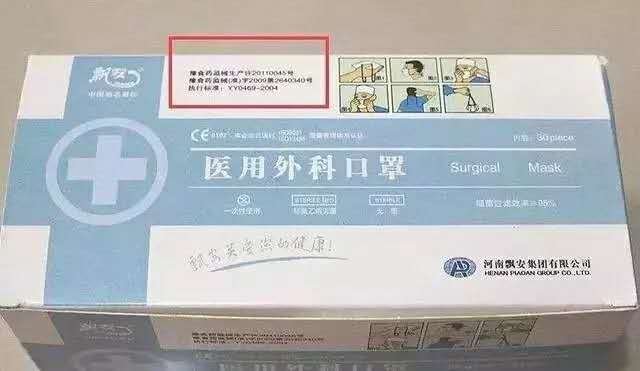
Usually, the outer packaging of more formal medical surgical masks will also be marked with a product registration number. If there is a number, it will usually contain: X (the abbreviation of the province where it was manufactured, such as 粤 for Guangdong, 鄂 for Hubei, or 浙 for Zhejiang, etc.) + the registration year + 264 (indicating that it belongs to the second class of 64 medical devices) + number.
To check this number against the official National Medical Products Administration database, you must:
1) Visit the National Medical Products Administration at www.nmpa.gov.cn.

2) Hover your cursor over "medical equipment" (医疗器械) and select "medical equipment inquiry" (医疗器械查询), then choose whether your mask is "domestic" 国产医疗器械产品(注册)or "imported" 进口医疗器械产品(注册)based on the place of purchase.

3) Enter the registration certificate number, that is, the digits following X + 201. If nothing appears then your product is likely counterfeit. Otherwise, you should be presented with a screen that looks like this:
4) Select the corresponding product according to its type and origin (should also be on the packaging).

5) There are two places to check to ensure the authenticity and appropriate use of your mask:
- If your product description contains the words "medical surgical mask" (医用外科口罩 yīyòng wàikē kǒuzhào), or "medical protective mask" (医用防护口罩 yīyòng fánghù kǒuzhào) then you can use it with confidence. If it does not, then your product is not an officially recommended medical surgical mask. The example above, for instance, does not contain "surgical" or "protective" and is therefore not recommended for use in this situation.
- The second is the production standard (found on the packaging). The production standard of medical protective masks (KN95/N95) is GB19083-2010, while the standard number of medical surgical masks is: YY0469-2011.

6) You can also look at the "scope of application" (适用范围/预期用途 shìyòng fànwéi/yùqí yòngtú) paying special attention to whether it states that mask can "prevent the spread of blood, bodily fluids, splashes" (防止血液、体液、飞溅物传播) in order to be effective in preventing viral infections.
Identifying the authenticity of 3M N95/KN95 masks
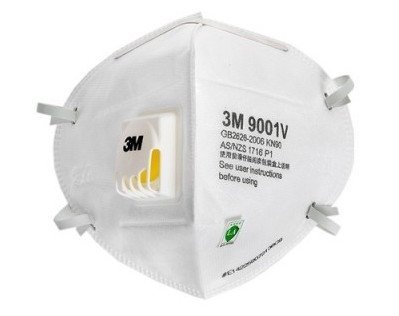
The first thing you should know that 3M N95 and KN95 masks – which are deemed medical protective masks (医用防护口罩) – are exactly the same. The "N" refers to the American standard, whereas "KN" is the Chinese standard, and the masks produced according to these two standards have exactly the same level of protection. (Some sellers state that the N95 masks are better in order to inflate prices, but they are in fact exactly the same.)

To check whether your 3M mask is authentic, simply check the anti-counterfeit code via 3M's public WeChat account (3M乐享生活). Follow the account, click on 互动中心, then 口罩查防伪, and then enter the number found on the mask's box. If there is no problem, you can be sure that the mask you have bought is real.
Finally, if you've bought masks in bulk and don't have access to an anti-counterfeit code, Smog Survival Manual's post goes into detail on how you can spot a fake via the printing, packaging, and the numbers found on the mask. However, they also warn that given the increasingly advanced techniques used by counterfeiters, these are not always failsafe ways to spot a fake. The best you can do then is to always try to buy masks via official channels.
READ: How to Reuse and Dispose of Your Masks Safely
Images: The Beijinger, Smog Survival Manual

